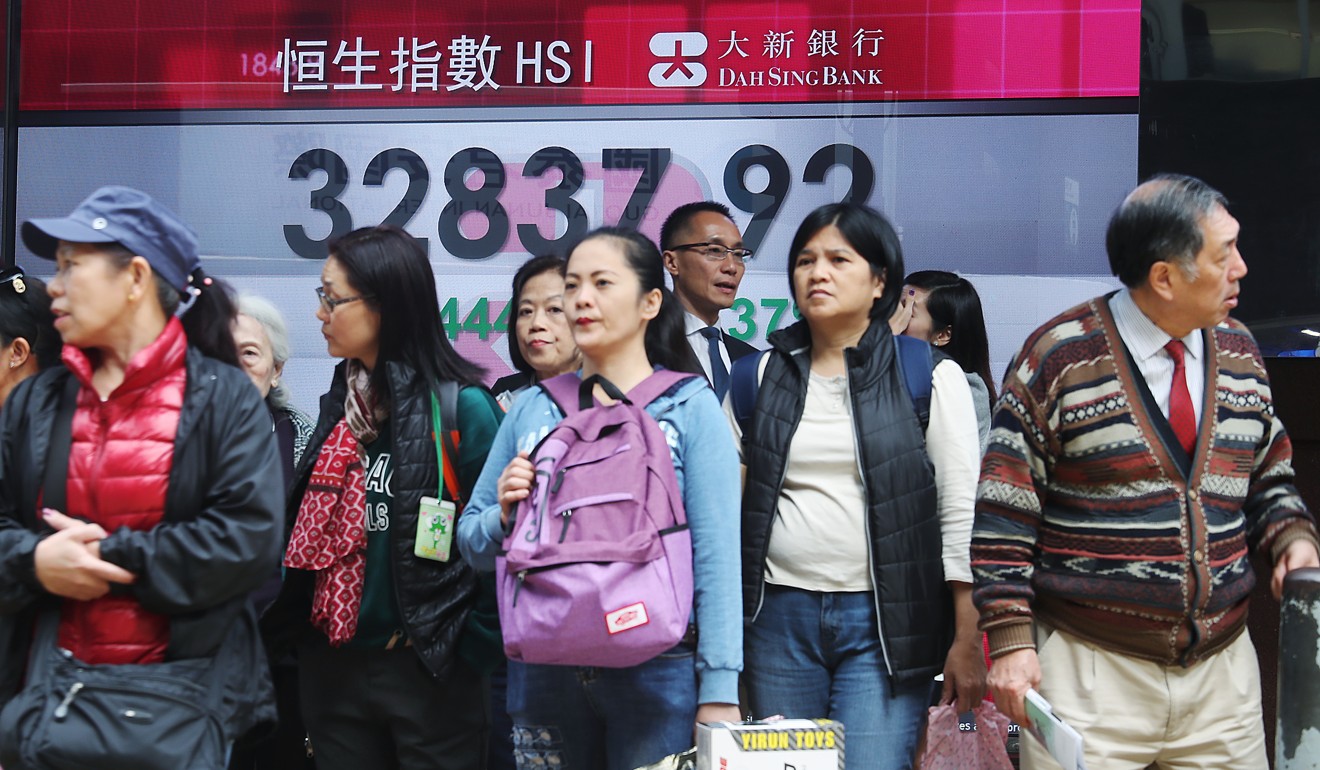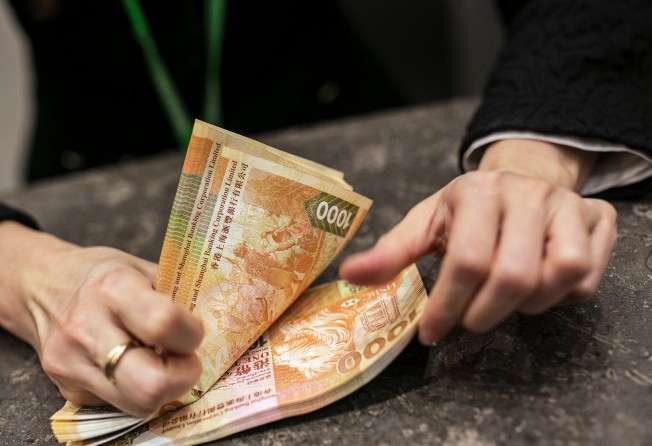
Hong Kong’s overnight currency defence costs US$1.2 billion

The Hong Kong Monetary Authority intervened in the foreign currency market to defend the Hong Kong dollar for a second day this week on Wednesday, bringing its total purchases of the local currency since April to about HK$62.4 billion.
The city’s de facto central bank bought HK$9.5 billion (US$1.2 billion) of the currency during New York trading hours as the Hong Kong dollar hit 7.8500 per US dollar, the lower end of its permitted trading band.
The total intervention is expected to reduce the city’s aggregate balance, a measure of banking liquidity, to about HK$117 billion from HK$180 billion in April, when the HKMA first started intervening.
However increasing capital inflows into China’s stock and bond markets through Hong Kong’s financial system are anchoring the city’s borrowing costs, helping to maintain a wide differential between the local borrowing cost and the US borrowing cost, analysts said.
The US-Hong Kong interest rate gap is expected to narrow when the city’s aggregate balance drops to HK$100 billion. The aggregate balance refers to sums held in clearing accounts by local banks for settling payments with other banks as well as payments with the HKMA.
But new channels whereby foreign investors use Hong Kong as a conduit to enter China’s capital market, may mean continued inflows into the city, resulting in a banking system flushed with liquidity despite the HKMA’s intervention, analysts said.
“The HKMA’s intervention is probably not sufficient to tighten banking liquidity much given increasing inflows into Chinese bonds through Hong Kong,” said Christy Tan, Asia head of markets strategy research at National Australia Bank. “The Hong Kong dollar will keep hovering near the weak end for some time.”

The one-month Hong Kong interbank rate discount to its international Libor counterpart remained at a wide 95 basis points spread on Thursday. That means carry trades, where the Hong Kong dollar is shorted against a higher-yielding US dollar, remain attractive, exerting further
depreciation pressure on the city’s currency
The Hong Kong dollar was pegged at HK$7.80 to the US dollar in October 1983, while a trading band of 7.75 to 7.85 introduced in 2005. The HKMA is obliged to intervene to prevent the currency from trading outside this range.
The US dollar was changing hands at 7.8496 per Hong Kong dollar on Thursday, representing a slight weakening versus its US counterpart.
Earlier this week, US index provider MSCI unveiled a list of 234 yuan-denominated A shares to be added in its MSCI Emerging Market Index. Ahead of the announcement, global investors began ploughing money into Chinese equities, purchasing 2.38 billion yuan (US$376 million) of mainland-traded shares on average every trading day in April through the Shenzhen and Shanghai stock connects with the Hong Kong exchange.
Meanwhile Chinese onshore bonds are also becoming a larger part of global investors’ portfolios following last years launch of the Bond Connect scheme and ahead of their inclusion next year into the Bloomberg Barclays global bond index, one of the most followed international benchmark bond indexes.
Analysts estimate the global index inclusions of Chinese bonds and Chinese stocks will bring an additional US$700 billion collectively in foreign investor demand in three to five years.